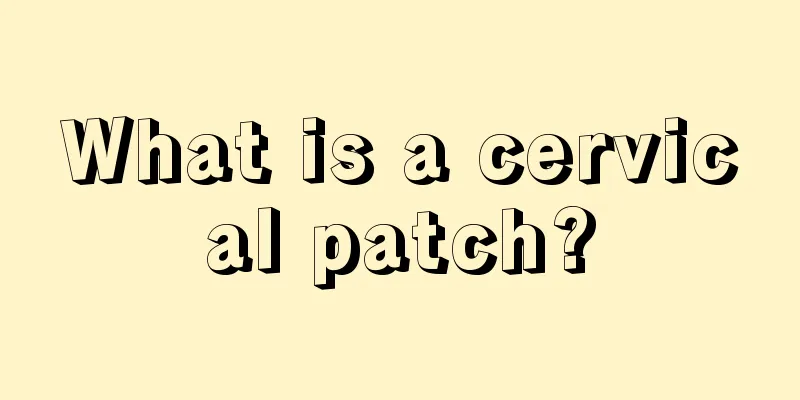What does follicle disappearance mean?

|
There are often many problems with follicles, and different problems have different causes, including the disappearance of follicles. The disappearance of follicles will cause many consequences, such as infertility. There may still be many people who don’t quite understand the specific meaning of the disappearance of follicles, or don’t know what the disappearance of follicles is. So what does the disappearance of follicles mean? If the follicles disappear, it is not conducive to pregnancy. The reasons for the disappearance of follicles are often related to endocrine disorders. Most of them are due to low estrogen levels or low progesterone-producing hormone that does not support the development of follicles, causing the follicles to atrophy and even disappear. The disappearance of the follicles is usually considered to have been discharged. Women's ovulation period is usually around the 14th day of menstruation. If you are planning to have a baby, you can use ovulation test strips or ultrasound to monitor the specific ovulation situation from the 5th day after the next menstruation ends. Having sex more often during the ovulation period will increase the chance of conception. This follicle is usually ovulated. Generally, female infertility is mainly considered to be a problem of fallopian tube blockage and ovulation disorder. You can go to a regular public hospital to do a hysterosalpingography to see if there are dominant follicles, and then do a hysterosalpingography to see if there is any fallopian tube blockage, and then receive targeted treatment. There are many reasons for ovulation disorders, such as polycystic ovary syndrome, hypothalamic-pituitary dysfunction, etc. It is recommended that you first clarify the development of follicles and the cause of ovulation disorders, and treat the cause. After the mature follicle releases the egg, the ovarian cyst wall will shrink and the follicular fluid will be discharged from the pelvic cavity. The atrophic follicle can be seen by ultrasound. Suggestions: A normal follicle should grow to 1.8*2.2mm and have an endometrial thickness of 0.8mm before ovulation. Women will only release one mature egg each month, and this mature egg is generally considered mature if it is above 2.0mm. Generally, the follicle will be discharged 24 to 48 hours after the ovulation injection. In addition, because the egg can survive for 24 to 48 hours and the sperm can survive for 48 to 72 hours, it is possible to get pregnant if you have sexual intercourse two or three days before and after ovulation. |
<<: How to help mature follicles to be discharged
>>: What to do if the follicles are not round
Recommend
More than 300 million people are troubled by this issue! Why is "sleep freedom" so difficult?
Are you unable to fall asleep at night and wake u...
How much is the minimum hcg level for 42 days of pregnancy
Pregnant women should be highly anxious about the...
Mood instability during late pregnancy
In the late stages of pregnancy, pregnant mothers...
Can I eat donkey-hide gelatin cake during menstruation?
Everyone should know the function of donkey-hide ...
How long does it take to have an abortion?
In European countries, abortion is against the la...
How to do early cancer screening
Speaking of cancer, everyone may change their exp...
What causes a broken nose in a pregnant woman?
We all know that pregnancy is a special period fo...
Calcium supplementation makes women beautiful
Soy products Soy products are foods made from bea...
What are the treatments for anal fissures in women?
Anal fissure is relatively common in clinical pra...
How to take care of uterine fibroids?
Everyone knows that uterine fibroids are very har...
Acute dysmenorrhea on the third day of menstruation
On the third day of menstruation, many women will...
How to deal with oily hair? How to use white vinegar
In our daily lives, we are all used to washing ou...
Why do girls have the most private parts?
When girls reach puberty, their private parts wil...
Can't wean in summer?
Many people say that weaning in the summer is not...
What to eat to supplement iron during pregnancy
Women need a lot of nutrition to supply the baby ...









